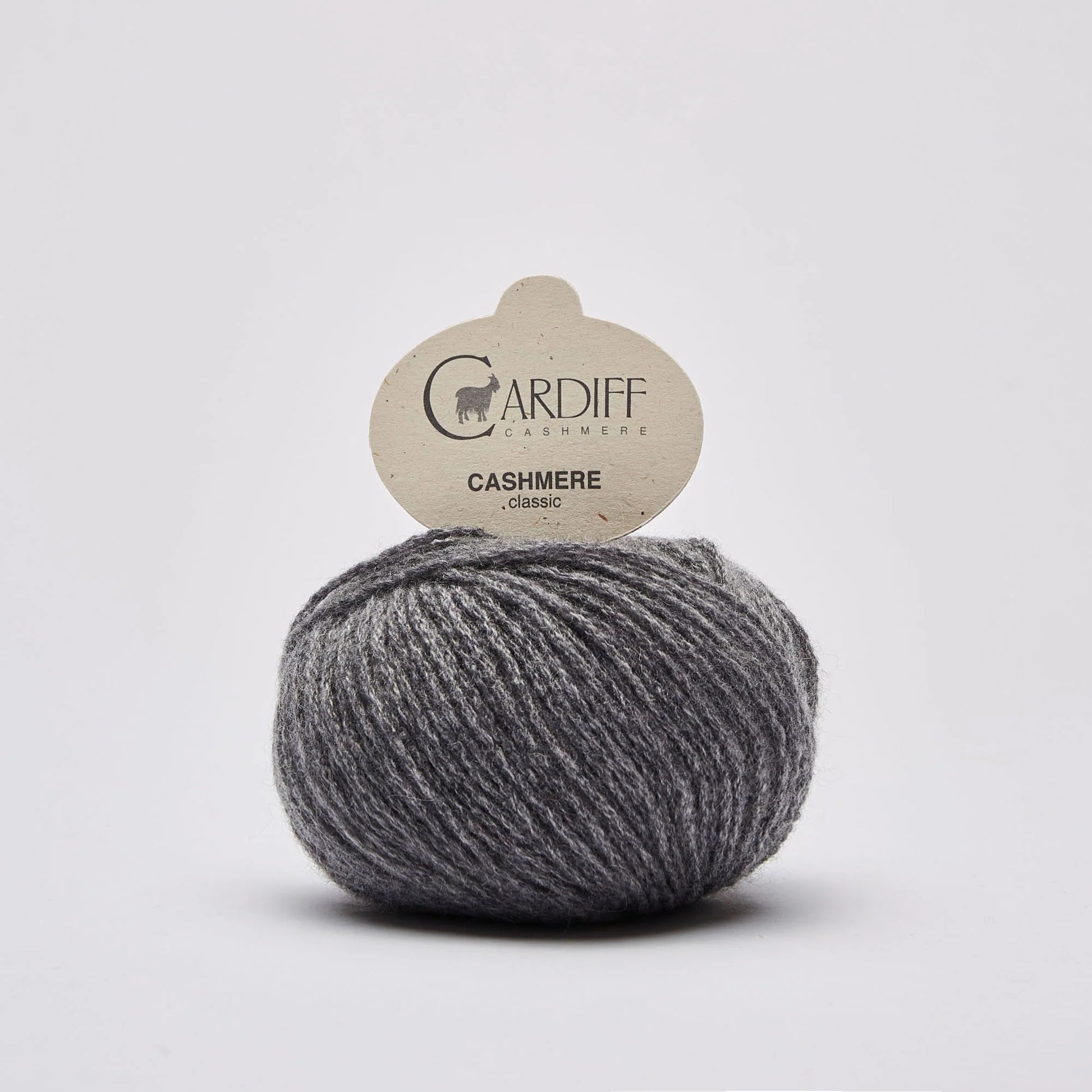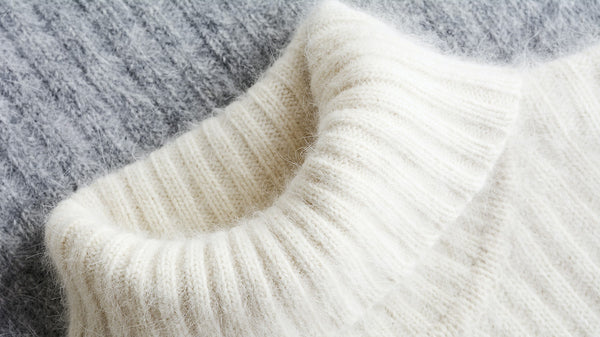Factors You Should Need Cashmere a Natural Fiber for Comfort and Beauty in Everyday Use
In the world of fabrics, few fibers equal the deluxe and comfort of cashmere. How can one best use cashmere to boost their style? These intriguing concerns lay the structure for an informing expedition right into the globe of cashmere. cashmere fibre.
Recognizing the Elegant Nature of Cashmere

Examining the Comfort Element of Cashmere Garments
What top qualities underscore the convenience aspect of cashmere garments? The gentleness of cashmere is the initial high quality to think about. Its plush texture makes it seem like a 2nd skin, supplying warmth without the weight or itching connected with various other woollen products. Cashmere's special fiber framework enables for breathability, regulating temperature level and avoiding overheating. The product's versatility and toughness make sure that it molds against the body easily, maintaining its form in time. Cashmere's hypoallergenic buildings likewise add to its comfort, making it an excellent choice for sensitive skin. The capability to layer cashmere pieces without bulkiness increases the convenience element. Essentially, the comfort of cashmere is stemmed from its softness, breathability, longevity, hypoallergenic nature, and adaptability.

The Ecological Influence and Sustainability of Cashmere
While the convenience and elegance of cashmere are definitely enticing, it's just as essential to consider its connection with the atmosphere. Cashmere production, mainly in Mongolia and China, entails elevating cashmere goats, which can significantly strain fragile grassland ecological communities as a result of overgrazing. This can bring about desertification, a pushing environmental concern. Moreover, the processing of cashmere, including dyeing and cleaning, can additionally add to water pollution if not check it out appropriately taken care of. Nonetheless, efforts are being made to develop sustainable cashmere production methods, such as rotational grazing and cleaner processing strategies. Therefore, while cashmere has ecological effects, its sustainability largely relies additional hints on manufacturing methods.
Contrasting Cashmere to Synthetic Fibers: A Cost-Benefit Evaluation
Regardless of its environmental challenges, cashmere presents an one-of-a-kind collection of benefits over artificial fibers. Cashmere's all-natural fibers use unmatched gentleness and warmth, converting into comfort that synthetic fibers have a hard time to match. Unlike artificial fibers, cashmere does not contribute to microplastic air pollution, making it a more sustainable option.
Designing Tips With Cashmere for Everyday Beauty
Having thought about the cost-benefit analysis of cashmere compared to artificial fibers, it ends up being clear why this elegant product is a favored option for lots of. When styling cashmere fibre cashmere for everyday sophistication, simplicity is key. Ultimately, the intrinsic style of cashmere makes it a flexible enhancement to any kind of closet, effortlessly improving day-to-day clothing with a touch of deluxe.

Verdict
In addition, cashmere's sustainability and reduced environmental effect compared to synthetic fibers further enhance its charm. Spending in cashmere garments is a worthwhile decision for style, sustainability, and comfort.
